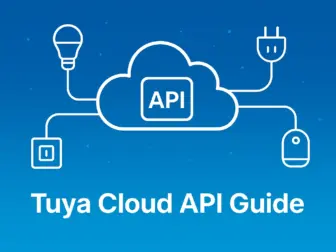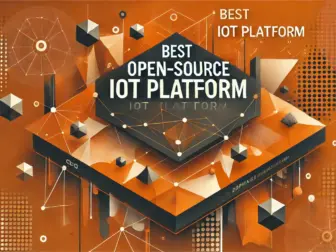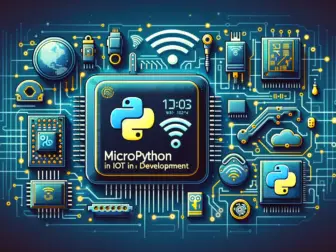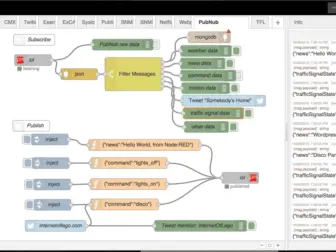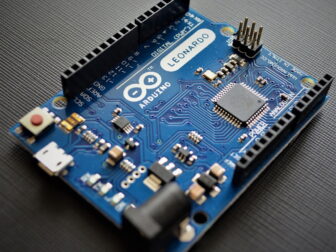Tag - iot development
Blog , November 17, 2023 , Intelligent Ecosystems, iot application development, iot developers, iot development, iot device development, iot solution development
Embracing the Future: Harnessing the Power of IoT Development for Innovative Solutions
Embracing the Future: Harnessing the Power of IoT Development for Innovative Solutions
The Internet of Things (IoT) represents an evolutionary leap in our ability to collect, analyze, and act upon data from our environment, reshaping the way we interact with the world around us. IoT development is the engine behind this transformation, driving innovations that range from smart homes to industrial automation, and healthcare to urban planning. As IoT devices proliferate, the opportunities for efficiency, comfort, and safety continue to expand, making IoT development a crucial field for both technology enthusiasts and industry professionals.
At its core, IoT development involves the creation of interconnected devices that can communicate with each other and with central systems, exchanging data that can be used to inform decisions and automate actions. These devices—equipped with sensors, software, and connectivity—collect data from their surroundings, send it to a central repository, and, in some cases, receive instructions based on the analysis of this data.
The development process begins with the selection of the appropriate hardware. Developers must choose sensors that are capable of accurately capturing the necessary data, processors powerful enough to handle the computations required, and connectivity modules that suit the device’s environment—be it Wi-Fi, Bluetooth, cellular, or Low Power Wide Area Networks (LPWAN) like LoRaWAN. The hardware choices must balance power consumption, range, bandwidth, and cost to fit the specific requirements of the application.
Once the hardware is selected, software development becomes the focus. This includes programming the firmware that controls the device’s operations, as well as developing the applications that will process and visualize the collected data. Software development also involves ensuring robust security measures are in place, as the data transferred by IoT devices can often be sensitive, and the devices themselves can be vulnerable to cyber-attacks.
Connectivity is another vital aspect of IoT development, as devices must be able to transmit data reliably. This requires robust networking protocols and cloud integration, allowing devices to communicate with back-end services that store, analyze, and manage the IoT ecosystem. Cloud platforms are also essential for the scalability of IoT systems, as they can dynamically allocate resources to handle increasing amounts of data and an expanding network of devices.
Beyond the technical aspects, successful IoT development also considers user experience. This includes designing intuitive interfaces for device configuration and management, as well as ensuring the seamless integration of IoT solutions into users’ daily lives. The goal is to provide users with actionable insights and control without overwhelming them with complexities.
As IoT development advances, it brings forward challenges such as interoperability, where devices from different manufacturers must communicate seamlessly, and sustainability, where devices must use energy efficiently and have minimal environmental impact. Addressing these challenges head-on is critical to the continued growth of the IoT industry.
Furthermore, the application of emerging technologies like artificial intelligence and machine learning in IoT development is setting the stage for even smarter systems that can predict maintenance needs, optimize resource usage, and provide personalized experiences.
In conclusion, IoT development is much more than just connecting devices to the internet; it’s about creating a smarter, more responsive environment that enhances our capabilities and improves our quality of life. As developers continue to push the boundaries of what’s possible, we can expect to see IoT solutions that are not only innovative but also transformative, laying down the foundation for a truly connected future.
